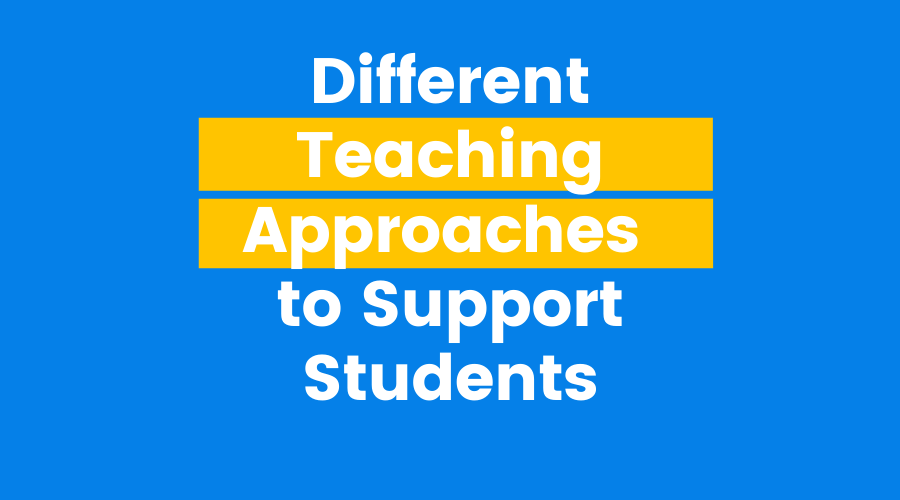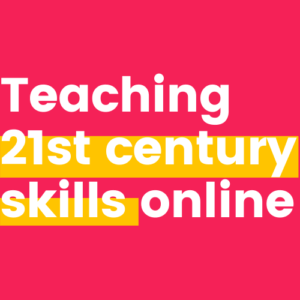Different Teaching Approaches to Support Students- Need of the Hour!
My experience of teaching for 14 years has been enriching. I have seen various phases of students’ learning abilities and teaching approaches. These years taught me how to discuss key concepts and explain them in more than just one way. More than ever before, it is important for teachers to enable students to convert every challenge into an opportunity. We need to motivate our students and they feel calm in these challenging times. More than ever, we need to adapt our teaching approaches to make new-age learners.
What Experience Teaches A Teacher
I am sharing some of my personal experiences that helped me and my students to sail through these difficult times.
Motivation and Making Mistakes
I have always understood my subject area inside and out. I have learned over the years that teachers who get the most respect are the ones who give the most respect to their students.
A friendly classroom setting can motivate learners to take more interest in learning.
When learners made mistakes, I’ve always been sure to gently correct them and allowed them to grow.
A child must be taught How to Think, not What to Think.
My learners respected me because I always tried to give them emotional and psychological support, motivate them and guide them in the most appropriate ways to ensure effective learning in the classroom. I have always tried hard to keep distractions from learning and interruptions in the natural flow of a classroom to a minimum. Learning objectives have always been on top of my priority list.
Differentiated Learning is The Key
]Differentiated learning has always been a key to my teaching by far. I have always believed my learners to be the future. Keeping that in mind, I have always tried to contribute to the growth of my country by facilitating my learners with quality training.
I have always valued inquiry from my learners to ensure proper learning.
Also, we have need to put extra efforts towards trying different teaching approaches to involve every student. I would teach in a way that would enable all visual, hands-on, and sensory learners to understand the idea and apply it to future problems. I kept track of students’ performances to give them suitable feedback, as well as, lessons to further improve them.
Different Teaching Approaches-The Games Way!
In my experience in the classroom, particularly while teaching maths, games are inherently fun, motivating and engage students in active participation. They not only provide opportunities for practice, but also deepen a student’s mathematical understanding, communication and reasoning. Games can also be adjusted to make room for varying levels of learning, as well as, act as an assessment tool. Here are some that I would use in my classroom.
Multiplication Bingo – A brilliant game for students which helps and motivates them to get better at Times Tables. Multiplication Bingo helps them develop mathematical thinking and problem-solving skills with FUN. Read more about it here.
Shapes Bingo – Such games make easy learning shapes and help learners to see a shape and make a connection. My kids play Bingo games on different topics. Read how to play this activity here.
Exit Tickets – Hand out slips of paper with a question or pose a problem. Based on the lesson, the teacher can set a specific amount of time for the students to complete the ticket. After the session, stand at the door to collect the tickets as students leave the classroom.
You can easily adapt these into your online classes too. Try these games in your classroom and tell us how they helped to keep students engaged while enhancing their mathematical and problem-solving skills.





